Asana rolls out Enterprise Work Graph and expands Partners Enterprise IT Ecosystem
Today Asana announced the Enterprise Work Graph, a suite of new features giving even the most complex enterprises the clarity, flexibility and confidence needed to adapt to any business challenge.
Combining the power of Asana’s proprietary Work Graph data model and new enterprise-grade security and controls, Asana aligns teams around goals; coordinates workflows across teams and time zones; and gives visibility into where work stands in real-time.
Companies of every size across all industries are losing countless hours to work about work – the time wasted on searching for information, switching between apps and holding status meetings. As enterprises grow, so does their work about work, with organizations of 5,000+ employees losing 63 percent of their time to it every week.
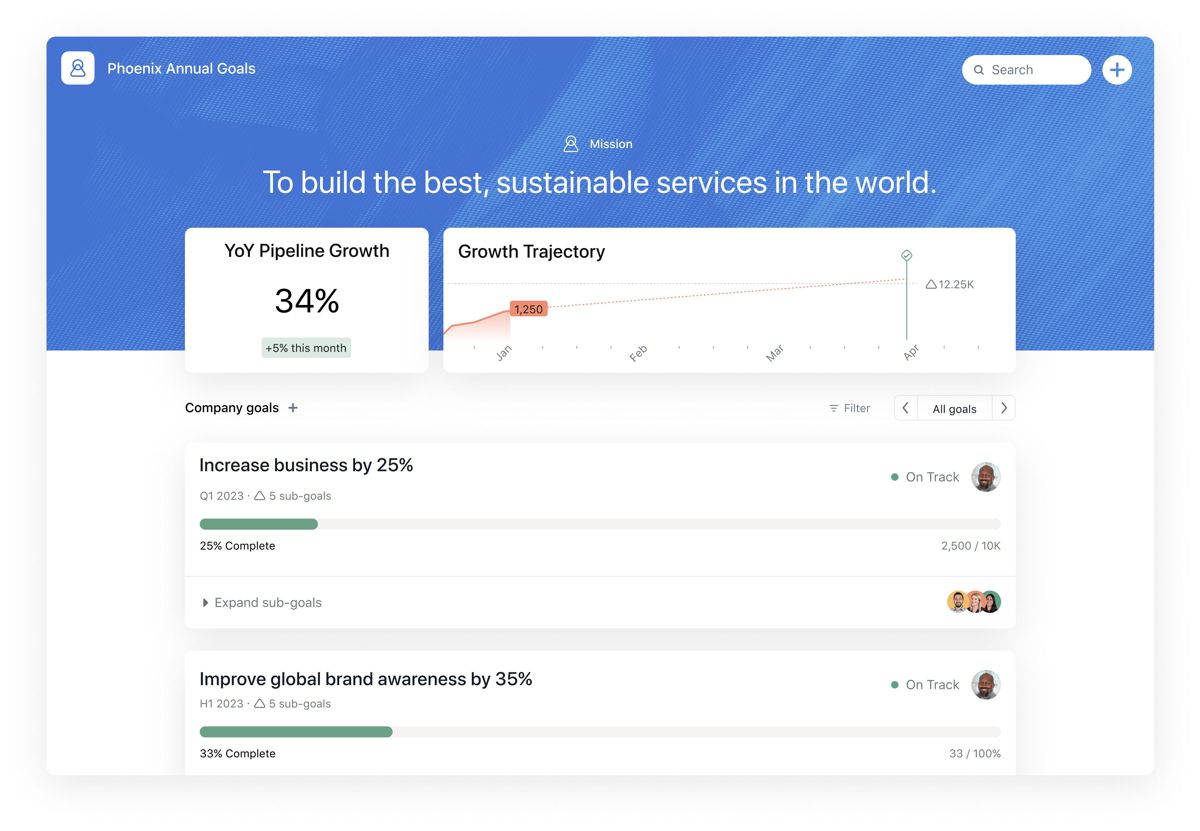
“Enterprises today are organized functionally but the reality is that work happens cross-functionally,” said Anne Raimondi, Chief Operating Officer, Asana. “The misalignment between how teams are organized and how work actually gets done is fuelling work about work across organizations. With the Enterprise Work Graph, Asana is solving the universal challenges of cross-team coordination by providing the clarity teams need to stay connected, no matter where they are in the world.”
Raimondi continues: “In today’s work from everywhere environment, the best leaders macromanage, not micromanage, their teams. By setting clear objectives connected to the work and the tools that bring them to life, enterprises can align effort and impact to achieve amazing results and increase employee happiness.”

Enterprise Alignment
Asana’s Enterprise Work Graph drives alignment through visibility into how work connects with company objectives up, down and across an organization. Today, Asana is evolving its Goals offering with a new Goals API connecting goals with data and insights from mission-critical tools to monitor impact and inform executive decisions.
With the Goals API, organizations seeking a holistic view of their goals in a single place, automatic progress updates and the ability to make changes to goals in their tools of choice can now achieve this programmatically by building custom integrations. For example, by linking an Asana goal to a CRM tool report, when sales teams close opportunities, the goal will automatically update in Asana keeping all stakeholders across an organization informed.
Coming soon, Asana will deliver automatic progress updates for Goals that provide real-time insights on the achievement of company objectives with no manual work needed.
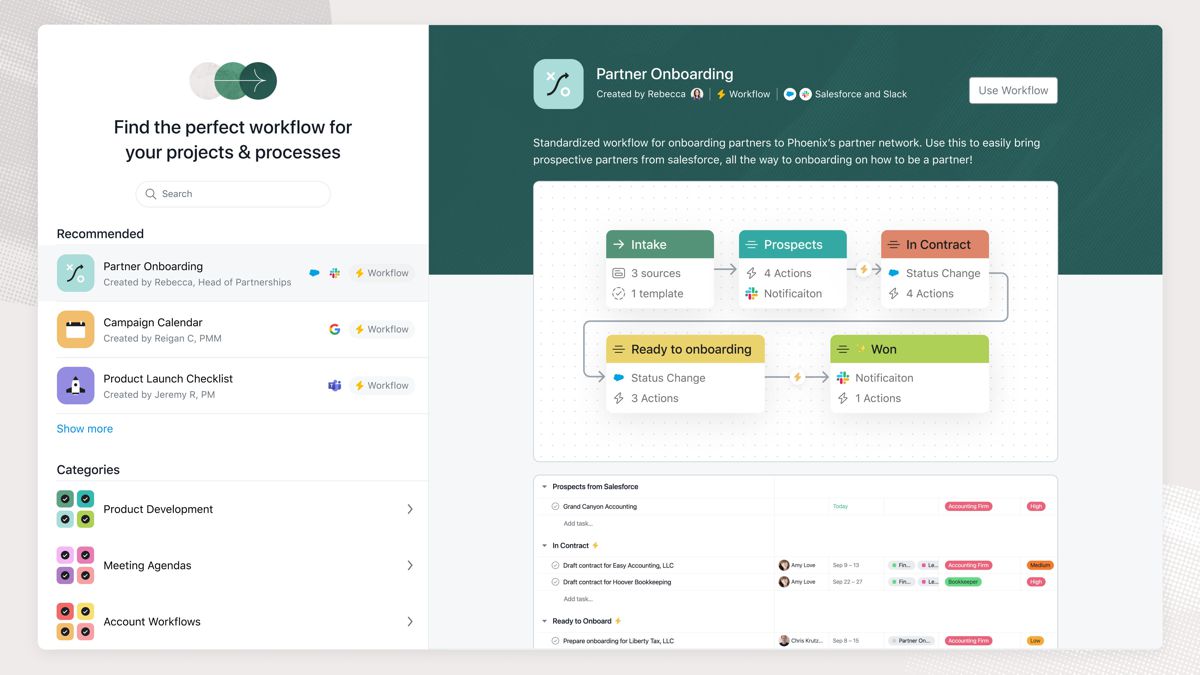
Cross-Team Co-ordination
Cross-team coordination today is chaotic with work living in team-specific silos and spreadsheets. Adding to the pain is that traditional process automation is a tops-down, IT-managed, expensive endeavour.
With Asana’s new Workflow Builder, anyone can create workflows, no coding required. This point-and-click tool builds and automates all the steps in a workflow and provides insights to optimize over time. The forthcoming Workflow Builder and Library will give teams the ability to create their own or leverage best-in-class, pre-built workflows to power projects and drive efficiencies. By helping teams scale processes across the organization, Asana eliminates the need for expensive tools and complex IT approvals.
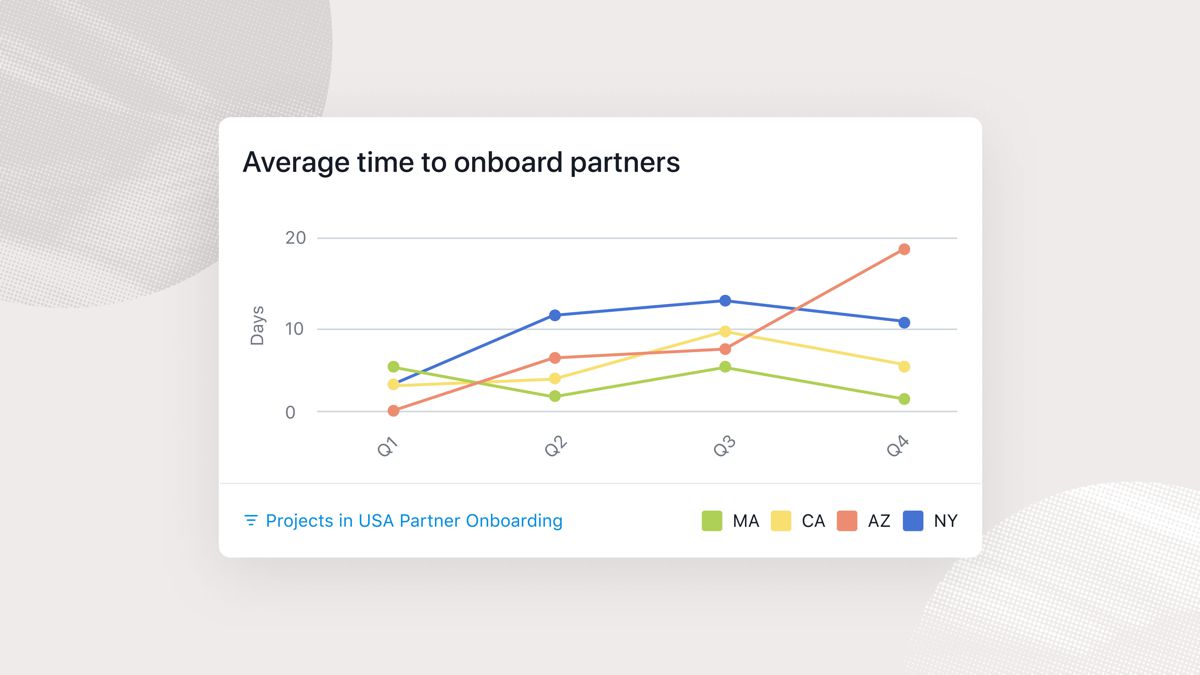
Visibility
Asana’s Universal Reporting gives enterprises the visibility needed to track business objectives, make adjustments and guide teams to success, all without adding more meetings.
Inspired by the best practices of agile engineering teams who leverage velocity tracking to increase efficiency, Universal Reporting is being made even more powerful with the addition of reporting on data trends and workflows over time. From tracking budget spending across projects over days, months and years, to analysing the amount of time teams are losing to inefficient processes, Universal Reporting over time will unlock powerful insights – helping even the most efficient teams continuously improve.
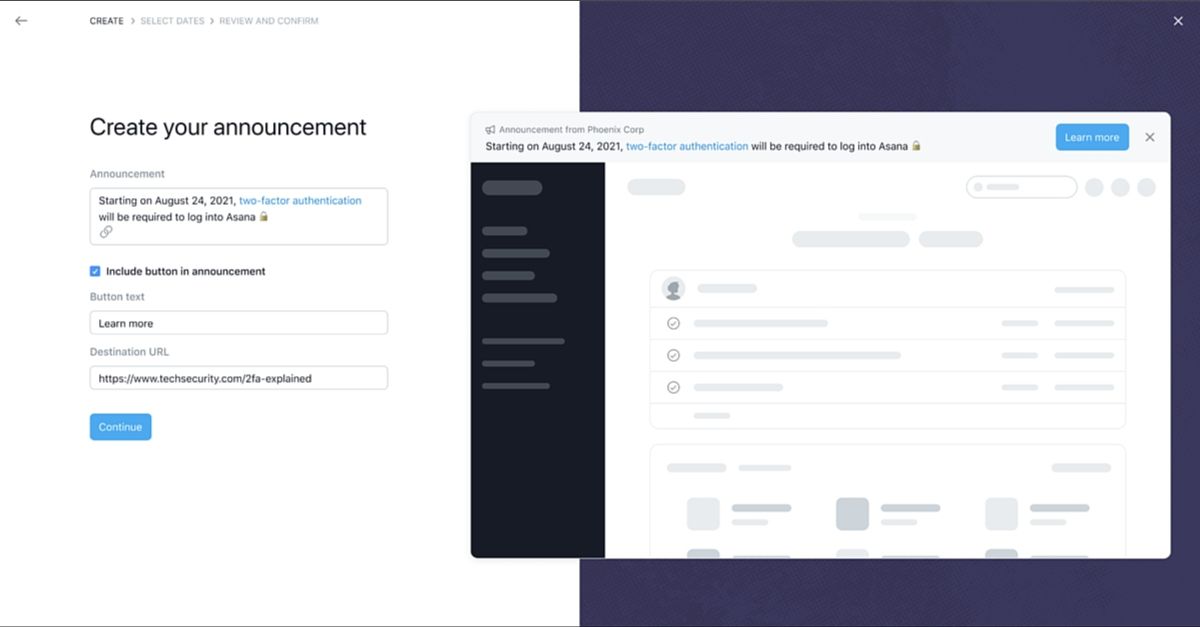
Security at Scale
With the ability to support enterprises of 100,000 users and beyond, and an availability commitment of 99.9 percent, IT teams can focus on business outcomes as they scale, with the confidence that Asana will keep their data secure and available. With new Admin Announcements, IT can keep the entire organization updated directly in Asana to get the right information to the right teams at the right time. In addition, new SCIM functionality automates group set-up and synchronizes profile updates with Okta and, coming soon, Azure AD.
Today, enterprise admins can get insight into what happens in Asana via the Audit Log API and notifications on unusual activity. Coming soon, Enterprise Key Management (EKM) will give organizations even more control over their data by enabling them to bring their own keys to encrypt data. EKM gives enterprises visibility and control over access to their data, allowing the use of Asana for sensitive information while meeting enhanced security requirements.
“At Asana, we’ve designed our architecture over the past decade to support the scale and security needs of the world’s largest and most distributed organizations,” said Prashant Pandey, Head of Engineering, Asana. “From Enterprise Key Management to Audit Logs and an expanding ecosystem of partnerships with the world’s leading IT tools, we’re giving CIOs more control and flexibility to keep cross-functional teams connected, while ensuring data security.”
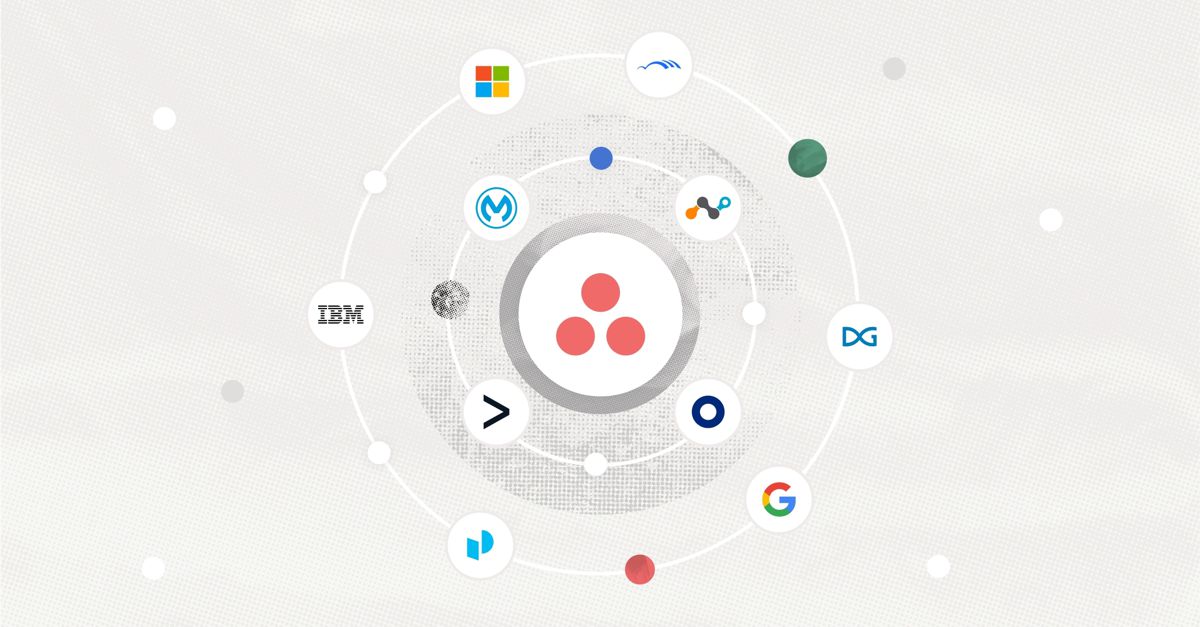
Asana Partners Expands Enterprise IT Ecosystem
Asana also announced it’s expanding the Asana Partners ecosystem of IT partners to provide complex enterprises with the confidence needed to adapt to the security and scalability challenges of the work from everywhere era.
Earlier this year, Asana launched Asana Partners, an ecosystem of over 200 essential work tools and strategic channel partners across 75 countries. Today, Asana Partners is expanding to provide IT leaders and admins with increased control and support to keep cross-functional teams connected, while prioritizing data security, including new integrations with Splunk and Netskope.
“We’re expanding the Asana Partners network to give enterprises even more control and flexibility as they continue navigating the next chapter of hybrid work,” said Billy Blau, Head of Business and Corporate Development, Asana. “We’re excited to be working with Splunk and Netskope to help our customers better control data and increase visibility, in addition to forthcoming integrations in DLP, CASB, and eDiscovery to further support enterprises in their security and compliance needs. We remain focused on serving the world’s leading enterprises by providing them with the clarity and confidence needed to adapt during unclear times.”
Enhanced IT controls to secure hybrid organizations
Starting today, Asana’s Audit Log API will power a plug-and-play Security Information and Event Management (SIEM) integration with Splunk, helping IT keep track of security and compliance-related changes in their organization. Now, if an employee in one region suddenly attempts multiple logins in a foreign location, admins can use timely automated alerts to take immediate action.
Asana customers will soon have access to a new integration with Netskope, which will enable Cloud Access Security Broker (CASB) capabilities such as enforcing security policies, identifying and managing sensitive data, and preventing data from being shared outside an organization’s environment. For example, when an employee is logged into a company device or network, the employee can only log into their company Asana instance, avoiding sharing sensitive, internal data to non-corporate instances.
“Flexible and scalable IT architecture is critical for modern, cloud-first enterprises, and so is security that can follow apps, users, and data wherever they are,” said Billy Bond, VP of Business Development & Alliances, Netskope. “We’re excited to partner with Asana to provide advanced data protection and threat protection in the cloud. Together, we’re enabling organizations to better protect employees, applications, and data, no matter where they are located.”
With Asana Partners’ enterprise ecosystem of IT solutions, today the platform’s growing integrations feature the Security, Identity, Compliance, SaaS Management and Platform solutions enterprises need, including:
- Security: Providing critical security solutions with Splunk, Netskope and OneTrust to enable Cloud Access Security Broker (CASB) use cases and more.
- Identity: Partnering with leading authentication, authorization and identity management solutions Okta, Microsoft Azure Active Directory (AD), Google Workspace SAML SCIM and OneLogin.
- Compliance: Enabling customers to meet their most critical compliance needs, with Exterro, DataGrail and Transcend, including future enhancements in eDiscovery and industry-specific regulations.
- SaaS Management: Ensuring customers have clear visibility to discover, manage and secure app usage across their organization, with BetterCloud, Productiv and Zylo.
- Platform: Connecting Asana to the essential work tools that matter most to organizations, at any scale, including IBM App Connect, MuleSoft and Power Automate.
“Emerging work patterns require highly integrated solutions that are secure and streamline work at the same time,” according to Wayne Kurtzman, IDC Research Director for Social and Collaboration. “The growth in the Asana Partners ecosystem plus their new security announcements demonstrate a global willingness to help companies achieve their goals through collaboration.”



















